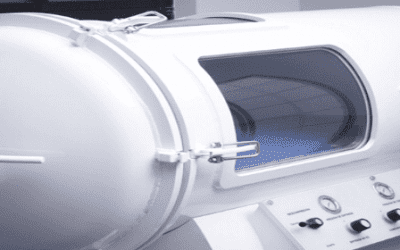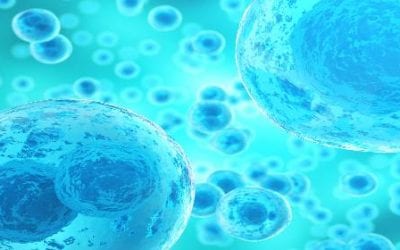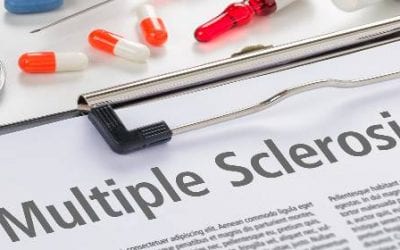Stemedix Regenerative Medicine Research and Health Awareness Blog
Stay up to date with the latest developments in regenerative medicine research and treatment. Subscribe to our newsletter.
Should You Try the Natural Face-lift?
With more than 60 different muscles, the face works hard to produce expressions countless times throughout the day. It’s no wonder that frown lines, crow’s feet, and laugh lines begin to emerge over time: after years, the same expressions we make over and over again...
Should You Be Taking C60 Supplements?
In a world where prescription drug use and invasive treatments have become the norm, many individuals are looking towards supplements as a means of improving health and minimizing their risk for serious diseases. Patients are becoming their own advocates and...
Hyperbaric Oxygen for Parkinson’s Disease with Severe Depression and Anxiety
Parkinson's disease is widely known as a neurological condition that causes motor symptoms. Typically, patients with Parkinson's disease have pill-rolling tremor, cogwheel rigidity, and a shuffling gait. However, about half of all patients with Parkinson's disease...
5 Benefits of Stem Cells and How CBD Can Help with Treatment
Over 1 million patients worldwide have been treated with adult stem cells and have benefited from them. And nearly 20 000 adult stem cell transplants were performed in the United States in 2014 alone! How is that possible? What are stem cells? What...
7 Ways Hyperbaric Oxygen Treatment Could Improve Your Health
As 15 million Americans struggle with a chronic respiratory disease, it's clear that breathing is difficult for many people for a variety of reasons. When you're dealing with a chronic disease or trying to recover from an illness, hyperbaric treatment is a great way...
Do Oranges Have Stress-Beating Benefits?
While scents like lavender commonly come to mind when we think of stress relief, it turns out citrus may evoke a sense of calm, too. Typically associated with invigorating and energizing powers, the scent of an orange has also been associated with stress relief. Find...
Does Nutrition Play a Role in Foot Health?
Medical professionals have known for a while now that diet impacts health in myriad ways, but there are still some frequently overlooked aspects of how wellness is influenced by nutrition. Although food choices are primarily associated with weight and cardiovascular...
Treating Spinal Cord Injury with Mesenchymal Stem Cells from Umbilical Cord
Traumatic spinal cord injury is a potentially devastating event in which the nerves and nerves cells in the spinal cord are damaged. In the United States, more than a quarter of a million people struggle with the lifelong consequences of traumatic spinal cord injury....
Can Omega-3 Reduce the Risk of Heart Attacks?
There are many factors contributing to a person’s risk for heart attack, including high blood pressure and cholesterol, smoking, and family history. Luckily, there are just as many ways to lower your risk as there are risk factors. Oftentimes, the first approach that...
Mesenchymal Stromal Cells Shown to be Safe in Multiple Sclerosis
Of all conditions that affect the central nervous system, Multiple Sclerosis (MS) is the most common in young adults. The severity of multiple sclerosis varies considerably and can affect almost every organ system in the body affecting eyesight, bowel function,...
How Does Stress Affect Your Health?
Stress is the body’s natural response to a threat, but when this response occurs often and even when there is no real danger present, it can increase your risk of developing serious illnesses. Moreover, both chronic and short-term stress can affect the body. Here, we...
Mesenchymal Stem Cells for Osteoarthritis
Osteoarthritis is the most common form of arthritis. In fact, when people casually use the term “arthritis” or think of the arthritis of old-age, they are usually talking about osteoarthritis. People with arthritis experience many symptoms in and around the affected...













 St. Petersburg, Florida
St. Petersburg, Florida
